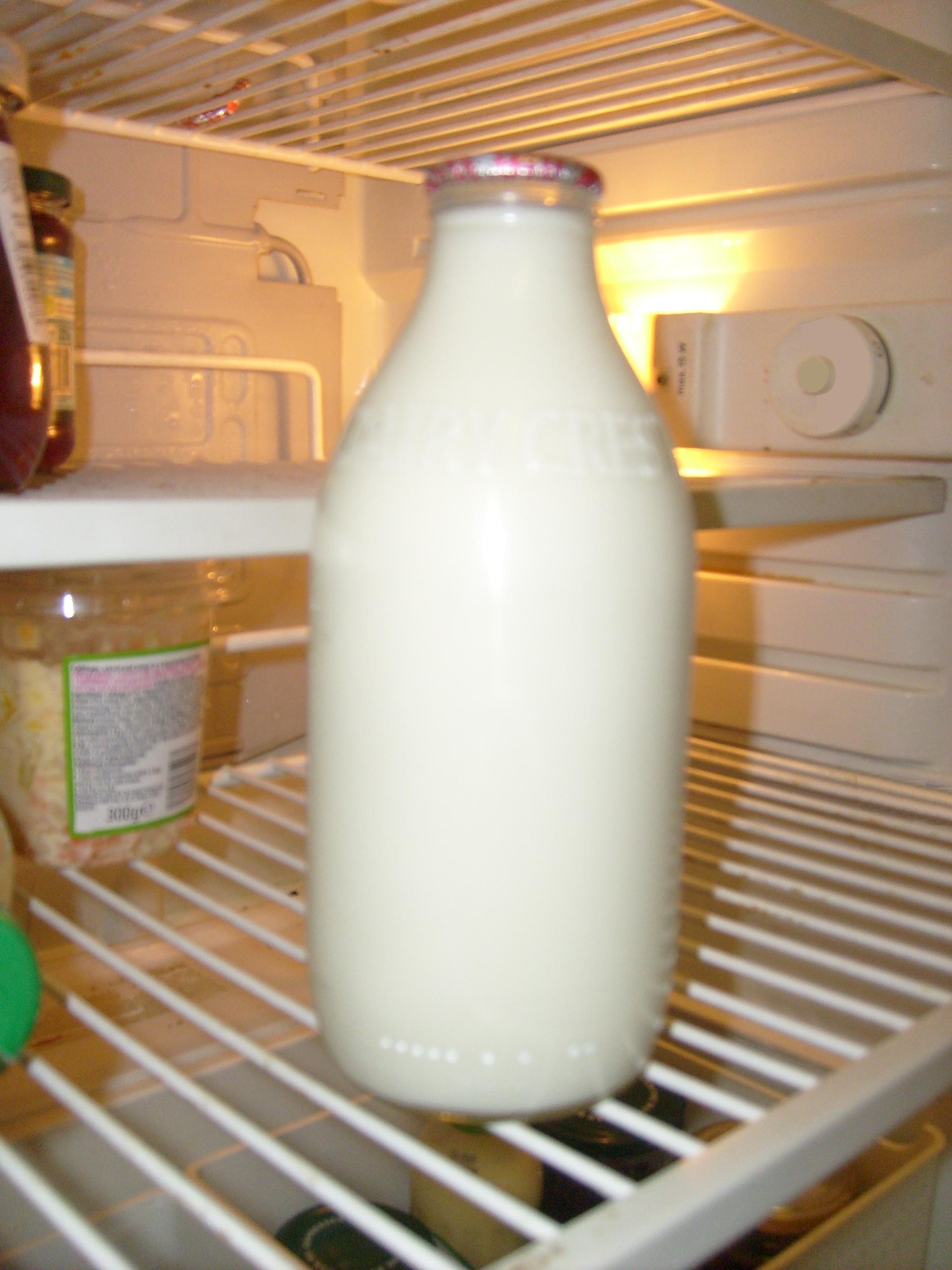Today I was thinking back to when I first started at my aunt's bakery, the one that later became my own. I was fresh out of high school and didn't know anything about baking. On my first day, my aunt asked me to take stock of the inventory. Part of the process was to check expiration dates and make sure all the ingredients were fresh. I did not realize this and a few days later I received a stern lecture from my aunt...and dish duty for a month. For those of you who don't know, here is a list of the shelf-lives of some common baking ingredients.
Eggs These will stay good for about 4 weeks in the refrigerator. If you can't remember how long they've been in there, try this: Fill a bowl with enough cold water to cover an egg and put it in the bowl. If the egg sinks to the bottom and lies on its side, it's fresh. If it floats on the surface, throw it away.
Flour This greatly depends on the type of flour we're talking about. In the case of white flour from the supermarket, it can easily last 18 months if stored in an air-tight container. It can also be frozen for up to 2 years. If in doubt, put a half cup or so in the oven and bake it for 20 minutes. Once cool, taste it. If it tastes even slightly sour, throw it away.
Milk It will stay fresh for around 7 days after the sell by date if kept in the refrigerator. If the milk is sour and spoiled, you can be thrifty by using it to bake things like pancakes or muffins. It can also be frozen for up to 3 weeks. When in doubt, smell it. If it smells even remotely sour, throw it away.
Vanilla Extract With this ingredient it actually gets better with age due to alcohol content. Store in a cool, dark place and it will keep almost indefinitely. Most bakers, though, will not have this problem. I'm constantly running out of this extract.
Baking Soda or Powder These leavening agents will last up to 18 months in your cupboard. They can lose their active properties, though, which will cause baked goods to stay flat and not rise. You can test the baking powder by adding half a teaspoon of the powder to 4 tablespoons of water. It should produce a light fizzing reaction. Test the baking soda by adding half a teaspoon to 4 tablespoons of vinegar. This should create a bigger fizzing reaction. If the reactions do not occur, throw it away.
Hope this helps anyone wondering about their ingredients!


No comments:
Post a Comment